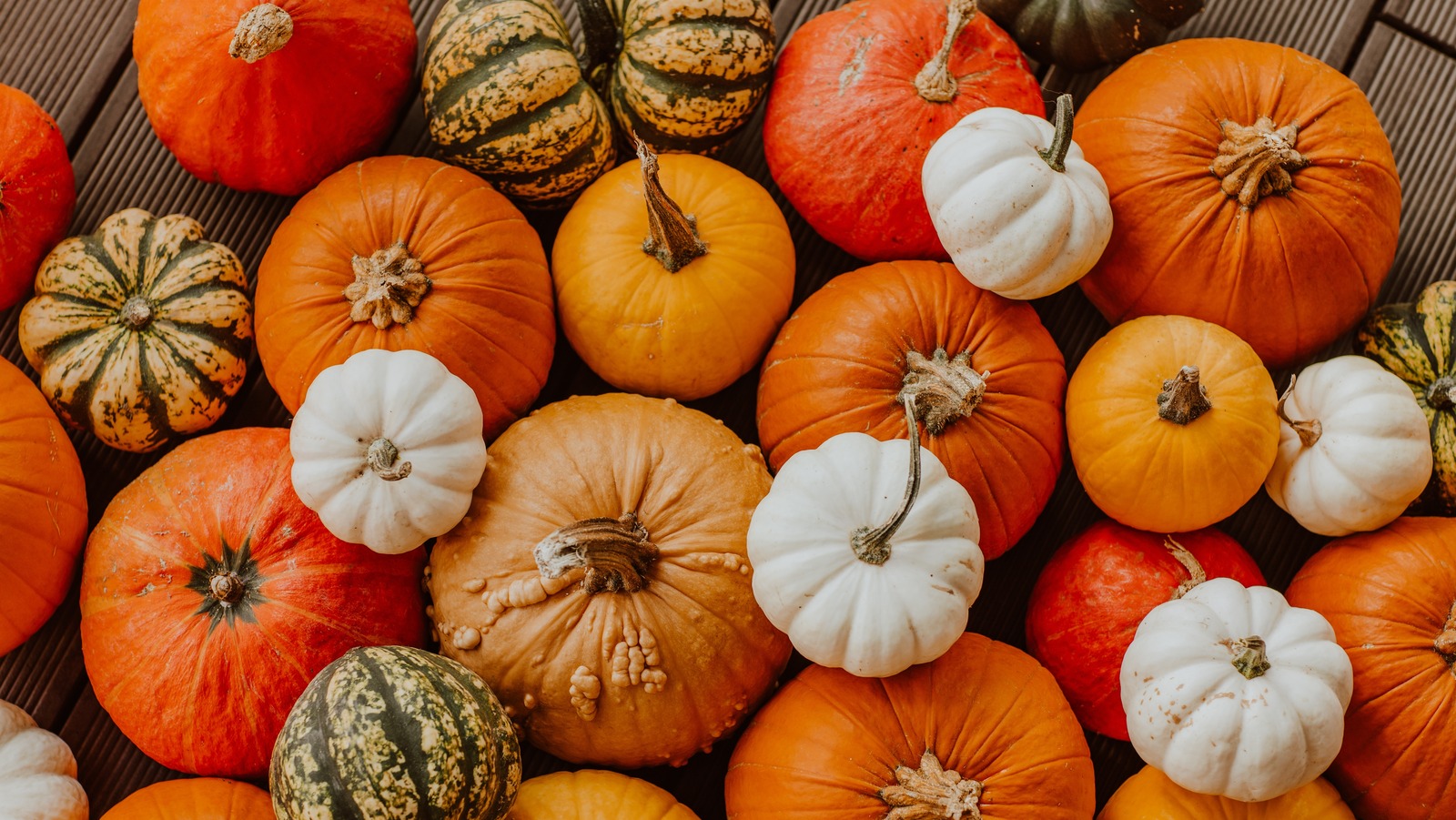Warty pumpkins are a hot trend, and this year’s most prized jack o’ lanterns may very well be made from warty pumpkins. What causes warts on pumpkins and are bumpy pumpkins edible? Let’s learn more.
A unique addition to your Halloween décor! These pumpkins have warts and are suitable for carving and eating. Knucklehead pumpkin seeds reach maturity in late summer/early fall.

What Causes Warts on Pumpkins?
While many people desire a smooth, unblemished pumpkin to carve for Halloween, others love the look of the recently introduced warty pumpkin varieties. No, these aren’t afflicted with some heinous disease; they are actually genetically engineered to create bumpy pumpkin fruit. It is actually natural and not unusual for pumpkins to have bumps, but years of selective breeding have weeded out this natural tendency until what we view as the norm are unblemished pumpkins.
Over the course of ten years of selective breeding, the brand Super Freak has released their most wart-riddled pumpkins to date, Knuckle Head pumpkins. These are genetically designed to be 12-16 pounds (5.5 to 7.5 kg.) of lumpy, bumpy, perfectly sized for carving especially, and deliciously creepy. Gargoyle and Goosebumps are other varieties of warty pumpkin.
Other Reasons for Bumpy Pumpkin Fruit
If youre certain that you arent growing a variety of bumpy pumpkin fruit, then the issue may be viral. Mosaic virus can turn a smooth pumpkin into a lumpy one. The lumps in this case look like they arise from under the skin of the pumpkin while genetically engineered warty pumpkins look like each protuberance sits atop the skin. Mosaic infection is spread by aphids, which results in smaller leaves and vines as well as leaves with dark and light blotching.
Are the bumpy pumpkins edible? While unsightly, mosaic afflicted pumpkins can still be eaten, although they may be of lesser quality than unaffected fruit.
Insects munching on tender young pumpkin shells can also scar the surface resulting in bumps. Cucumber beetles are usually the culprits here and can afflict all the cucurbits in your garden. They are also vectors for Mosaic virus.
To combat both the virus and the beetles, apply pyrethrin spray to the plant. First, dilute the pyrethrin to 3-5 tablespoons per gallon of water (44.5-74 mL. per 4 L.). Be sure to cover all of the foliage. That should take care of the beetles and by virtue of that, Mosaic virus. You can also mulch with aluminum foil to prevent Mosaic virus infection, and discard any pumpkin plants that show signs of infection. Control weeds and aphids via insecticidal soap as well. Repeat applications each week until there are no signs of aphid infestation.
Are Halloween pumpkins edible and what’s the best way to carve them? | ABC Australia
FAQ
Can you cook a warty pumpkin?
What causes warts on pumpkins?
What kind of pumpkin looks like it has warts on it?
Can you carve warty pumpkins?
Can you eat pumpkins with warts?
Yes, you can eat pumpkins with warts. These warts are typically harmless and do not affect the taste or texture of the pumpkin. However, it is important to inspect the pumpkin for any signs of a fungal or bacterial infection. If the warts appear to be moldy or have an unpleasant smell, then it should not be eaten.
Are raw pumpkin seeds safe to eat?
Pumpkin seed is a source of several nutrients and can be packed in the diet in different ways: raw, cooked or fried, all of which are tasty and nutritious.
Can you eat red warty thing pumpkin?
Yes, you can eat red warty thing pumpkin! Also known as a red kuri squash, this winter squash variety has a sweet, nutty flavor and a unique, teardrop shape. It is a type of Japanese pumpkin that is often used in savory dishes, such as soups, stews, and curries, as well as sweet dishes like pies and custards.
Why do Pumpkins have warts?
These warts serve as an evolutionary adaptation to help the plant survive in its environment. One of the primary benefits of these warts is that they increase the pumpkin’s surface area without having to grow larger. This allows the pumpkin to absorb more sunlight and heat, providing it with warmth in colder climates.
